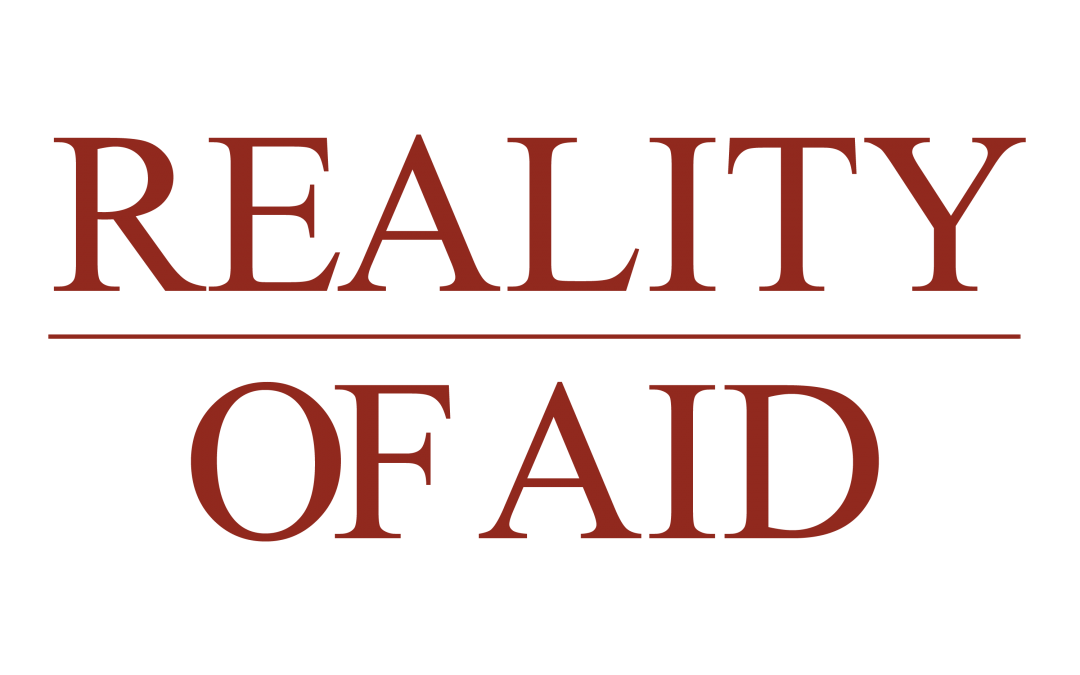More than 80% of the world’s poorest will live in fragile contexts by 2030, making the fragility agenda central to the Leave No One Behind and Agenda 2030 discussions. In addition, climate change is a major risk in achieving the Sustainable Development Goals, with forecasts for climate-induced migration varying from 25 million – 1 billion by 2050. Add to these the countless conflicts and wars around the world, and now a global pandemic and recession. The world is called to solidarity and all actors need to act more coherently. Could the nexus approach bring together actors working in different fields and through different modalities to deliver humanitarian response and development interventions all the way to achieving peace and sustainable development?
The concept of the humanitarian-peace-development nexus is not new but its operationalization is something that the international community continues to struggle with. What’s new since its inception is that right now, the discussion of the nexus is buoyed by its connection to central processes of the United Nations (UN) – the UN reform, the SDGs, the Grand Bargain and the Comprehensive Refugee Response Framework (CRRF), involvement of the World Bank in the peace and development arena, and the recent DAC Recommendation on Humanitarian-Peace-Development Nexus. These drivers increase the likelihood of this concept being implemented. At the same time, there exist other actors and other cooperation modalities that address issues of conflict, fragility and climate change. Hence, the interest to look into the role of aid, coherence among actors, and the dynamics with cooperation modalities, particularly triangular cooperation in addressing (a) conflicts and fragility, (b) climate change/climate emergency, and (c) the unfolding COVID-19 global pandemic.
If you would like to contribute an article or two, please download the full Theme Statement and the Guidelines and Timetable.

